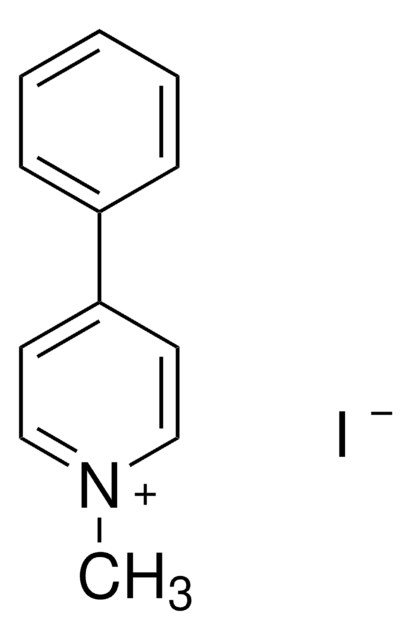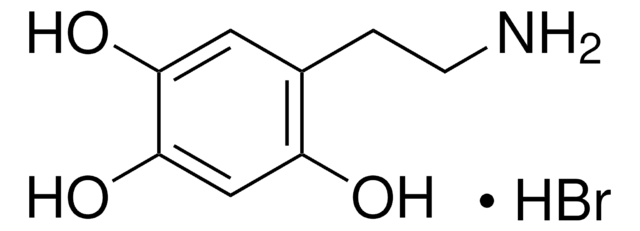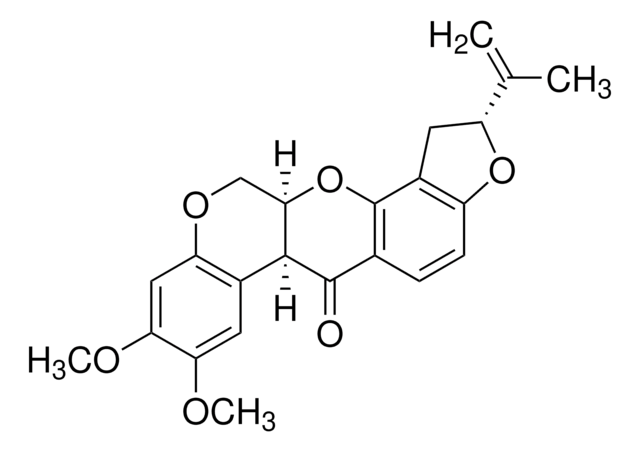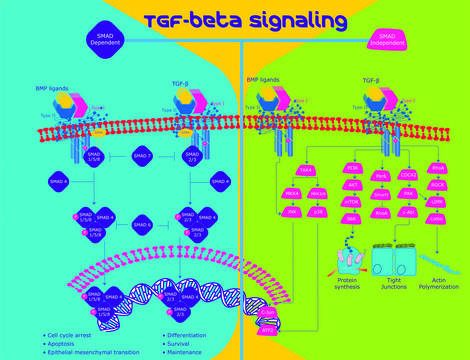M103
1-Methyl-4-(2′-methylphenyl)-1,2,3,6-tetrahydropyridine hydrochloride
solid
Synonym(s):
2′-Methyl-MPTP hydrochloride
Sign Into View Organizational & Contract Pricing
All Photos(1)
About This Item
Empirical Formula (Hill Notation):
C13H17N · HCl
CAS Number:
Molecular Weight:
223.74
MDL number:
UNSPSC Code:
12352200
PubChem Substance ID:
NACRES:
NA.77
Recommended Products
form
solid
Quality Level
color
white
solubility
H2O: soluble
ethanol: soluble
SMILES string
Cl[H].CN1CCC(=CC1)c2ccccc2C
InChI
1S/C13H17N.ClH/c1-11-5-3-4-6-13(11)12-7-9-14(2)10-8-12;/h3-7H,8-10H2,1-2H3;1H
InChI key
QLIQCKBPYIWPTE-UHFFFAOYSA-N
Application
1-Methyl-4-(2′-methylphenyl)-1,2,3,6-tetrahydropyridine hydrochloride has been used to study its effect on core temperature in C57BL/6J mice.
Biochem/physiol Actions
1-Methyl-4-(2′-methylphenyl)-1,2,3,6-tetrahydropyridine hydrochloride (MPTP) is a tertiary amine. It is widely used to induce experimental parkinsonism in mice.
Signal Word
Danger
Hazard Statements
Precautionary Statements
Hazard Classifications
Acute Tox. 3 Oral
Storage Class Code
6.1C - Combustible acute toxic Cat.3 / toxic compounds or compounds which causing chronic effects
WGK
WGK 3
Personal Protective Equipment
dust mask type N95 (US), Eyeshields, Gloves
Regulatory Information
新产品
Choose from one of the most recent versions:
Already Own This Product?
Find documentation for the products that you have recently purchased in the Document Library.
S K Youngster et al.
European journal of pharmacology, 122(2), 283-287 (1986-03-18)
The administration to mice of 1-methyl-4-(2'-methylphenyl)-1,2,3, 6-tetrahydropyridine (2'-CH3-MPTP), a substituted analog of the dopaminergic neurotoxin MPTP caused even more dopaminergic toxicity than MPTP itself. Under conditions in which MPTP was relatively ineffective (i.e. two injections per day of 0.113 mmol/kg
M Mizobuchi et al.
Brain research, 612(1-2), 319-321 (1993-05-28)
Neuroendocrine abnormality of the hypothalamic-pituitary-adrenal axis was investigated in 1-methyl-4-phenyl-1,2,3,6-tetrahydropyridine (MPTP)-treated dogs as a model of Parkinson's disease. Blood samples were collected every 4 h for 3-4 days before MPTP treatment, around 2 and 4 weeks after the treatment of
E Sundström et al.
Pharmacology & toxicology, 81(5), 226-231 (1997-12-13)
Three steps in 1-methyl-4-phenyl-1,2,3,6-tetrahydropyridine (MPTP) neurotoxicity were compared with the neurodegenerative effects of the toxin in mice and rats. Firstly, we compared the neurotoxicity of MPTP, mediated by monoamine oxidase (MAO)-B, to that of 1-methyl-4-(2'-methylphenyl)-1,2,3,6-tetrahydropyridine (2'-CH3-MPTP), an analogue oxidized by
M Del Zompo et al.
British journal of pharmacology, 109(2), 411-414 (1993-06-01)
1. In the present study we provide evidence for a saturable, Mg2+/ATP- and temperature-dependent, tetrabenazine-, dopamine-, and amphetamine-sensitive uptake of 1-methyl-4-phenylpyridinium ion (MPP+) in synaptic vesicles from mouse striatum. 2. Similarity in the properties of the vesicular uptake suggests that
N Lermontova et al.
Molecular and chemical neuropathology, 25(2-3), 135-141 (1995-06-01)
The neurotoxic actions of MPTP and its 4-(O-tolyl) analog (2'-Me-MPTP) on two breeds of rabbits were investigated. MPTP, but not 2'-Me-MPTP, causes a reduction (about 40%) in striatal dopamine content in rabbits of the "little silver-black" breed. The dopamine content
Our team of scientists has experience in all areas of research including Life Science, Material Science, Chemical Synthesis, Chromatography, Analytical and many others.
Contact Technical Service







